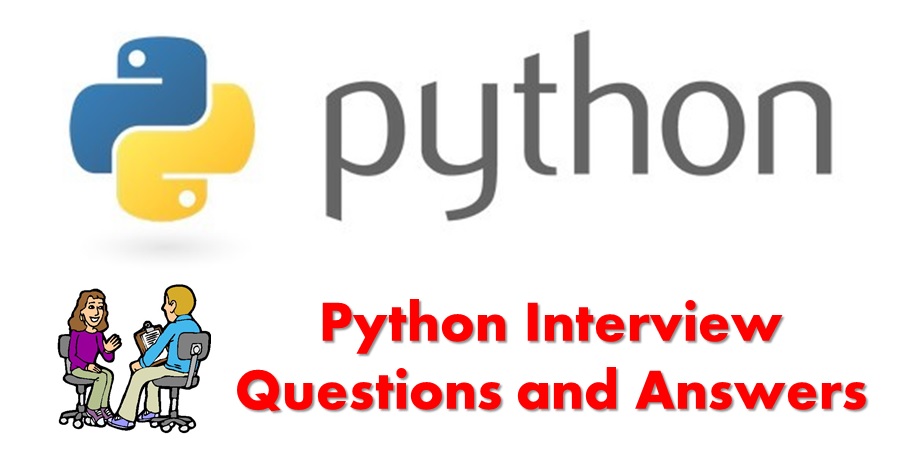1)What is GIT?
GIT is a distributed version control system and source code management (SCM) system with an emphasis to handle small and large projects with speed and efficiency.
2)What is a repository in GIT?
A repository contains a directory named .git, where git keeps all of its metadata for the repository. The content of the .git directory are private to git.
3)What is the command you can use to write a commit message?
The command that is used to write a commit message is “git commit –a”. The –a on the command line instructs git to commit the new content of all tracked files that have been modified. You can use “git add<file>” before git commit –a if new files need to be committed for the first time.
4) What is the difference between GIT and SVN?
The difference between GIT and SVN is
- a) Git is less preferred for handling extremely large files or frequently changing binary files while SVN can handle multiple projects stored in the same repository.
- b) GIT does not support ‘commits’ across multiple branches or tags. Subversion allows the creation of folders at any location in the repository layout.
- c) Gits are unchangeable, while Subversion allows committers to treat a tag as a branch and to create multiple revisions under a tag root.
5)What are the advantages of using GIT?
- a) Data redundancy and replication
- b) High availability
- c) Only one.git directory per repository
- d) Superior disk utilization and network performance
- e) Collaboration friendly
- f) Any sort of projects can use GIT
6)What language is used in GIT?
GIT is fast, and ‘C’ language makes this possible by reducing the overhead of runtimes associated with higher languages.
7)What is the function of ‘GIT PUSH’ in GIT?
‘GIT PUSH’ updates remote refs along with associated objects.
8)Why GIT better than Subversion?
GIT is an open source version control system; it will allow you to run ‘versions’ of a project, which show the changes that were made to the code overtime also it allows you keep the backtrack if necessary and undo those changes. Multiple developers can checkout, and upload changes and each change can then be attributed to a specific developer.
9)What is “Staging Area” or “Index” in GIT?
Before completing the commits, it can be formatted and reviewed in an intermediate area known as ‘Staging Area’ or ‘Index’.
10)What is GIT stash?
GIT stash takes the current state of the working directory and index and puts in on the stack for later and gives you back a clean working directory. So in case if you are in the middle of something and need to jump over to the other job, and at the same time you don’t want to lose your current edits then you can use GIT stash.




